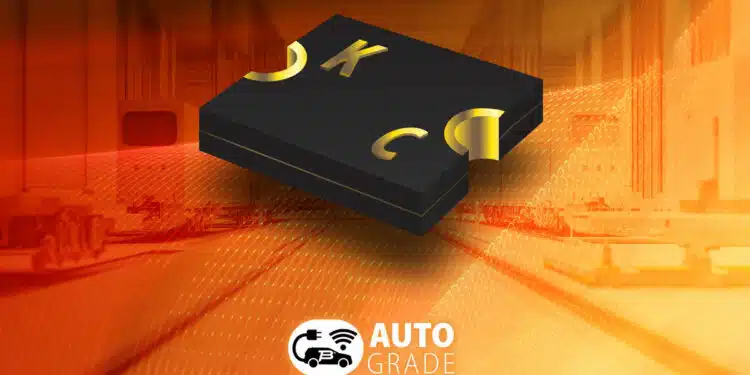Bourns, Inc., a leading manufacturer and supplier of electronic components for power, protection, and sensing solutions, announced the Company has expanded its Multifuse® Model MF-USHT Surface Mount PPTC Resettable Fuse Series with nine new 125C high temperature products.
These latest additions are AEC-Q200 compliant and broaden the hold current (Ihold) range up to 2.0 A and increase the maximum voltage (Vmax) to 36 VDC while raising the maximum operating temperature up to +125 °C.
The new fuses within the Model MF-USHT Series employ Bourns’ innovative freeXpansion™ technology, which enhances the product’s performance by incorporating higher hold currents, elevated voltages, and greater resistance stability all in a more compact footprint. These advanced features are particularly well-suited for overcurrent and overtemperature protection in electronic equipment that need to operate at high temperatures.
The nine new part numbers added to the Bourns® Model MF-USHT Series PPTC Resettable Fuse family are available now and are RoHS* compliant. In addition, the products are UL/CSA/TÜV recognized to meet safety criteria. The TÜV certifications also cover certifications for IEC 62319-1 and IEC 60738-1, as well as IEC 60730-1:2013 clause 15, clause 17, and Annex J. These products are manufactured within a Bourns IATF 16949 certified facility.
Features
- Standard 1210 footprint
- Working temperature up to +125 °C
- Swift Time-to-Trip (TTT) for safeguarding against overcurrent events
- Exceptional solderability with ENIG terminals
- Symmetrical design and low profile
- Agency recognition:
- TÜV certifications cover certifications for IEC 62319-1, IEC 60738-1 and IEC 60730-1:2013, encompassing clause 15, clause 17, and Annex J
- RoHS compliant
- AEC-Q200 compliant
Applications
- Resettable fault protection for general electronic equipment
- Overcurrent protection of electronic equipment required to operate at high operating temperature ranges
- Industrial transportation
- Infotainment/telematics
- Climate control systems
- Sensor protection
- Security and communication systems































